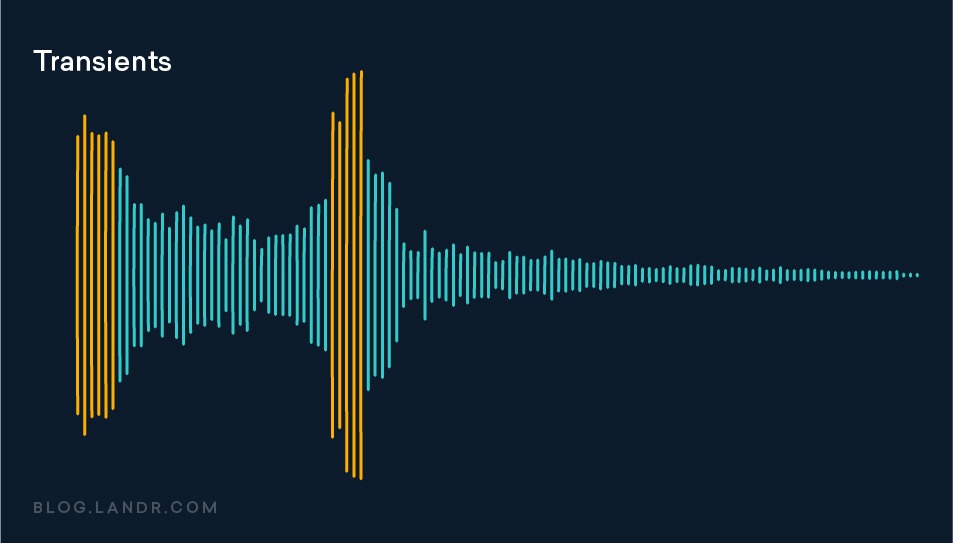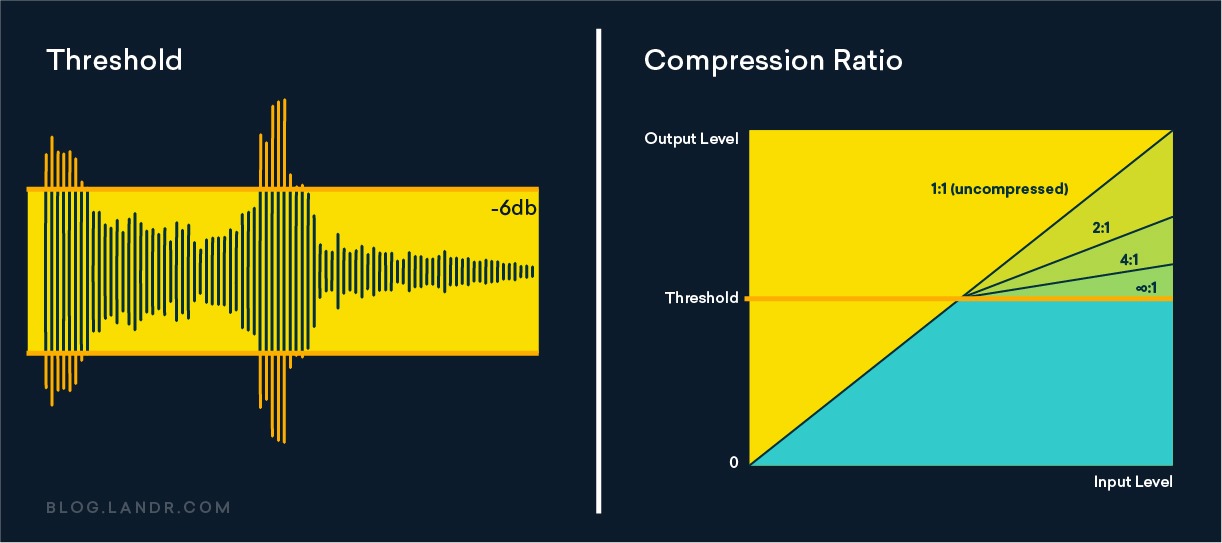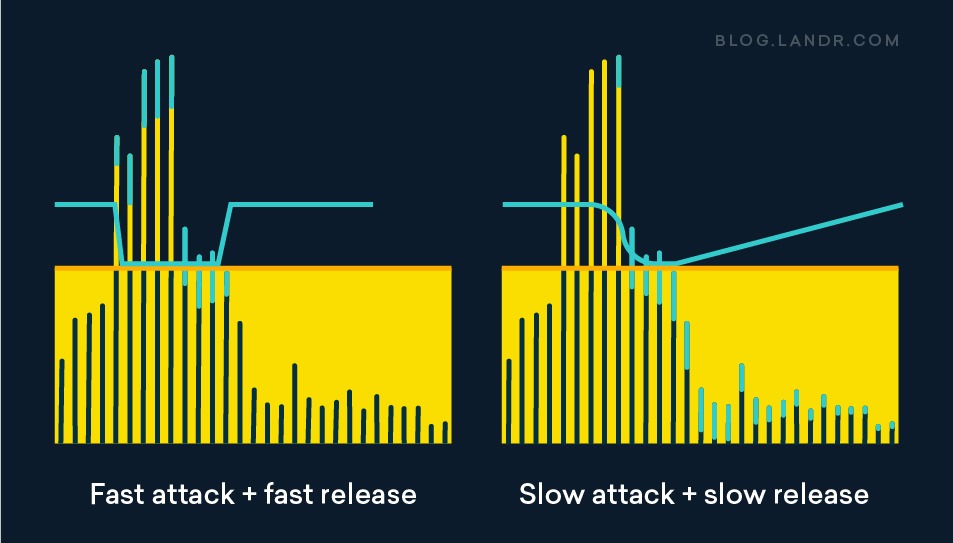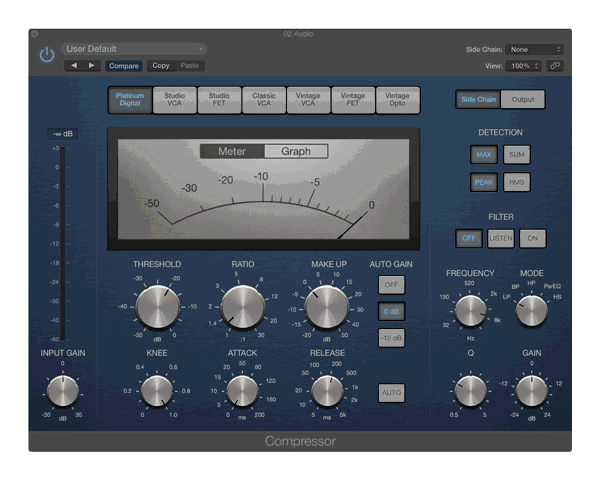Audio compression is one of the most important tools in your producer tool kit.
In fact, it's is one of the fundamental tasks in mixing any type of music.
Despite that, compression in music production is often misunderstood. With such an important process, it can be hard for beginners to get started.
In this article I’ll go through everything you need to understand the role that audio compression plays in mixing music. I’ll unpack how it works and give you the best tips for learning to use it in your own process.
Let’s Get Started!
What is compression in music?
Dynamic range compression is a process in music production used to help even out the loud and quiet parts of a sound in a recorded track.
It’s considered an essential task in mixing music alongside equalization and applying audio effects like reverb and delay.
In fact, compression is an essential skill for all music producers that has a huge impact on everything from drums to modern studio vocals.
Hot tip: Dynamic range compression is completely different from the data compression methods used to make digital files smaller for storage or transmission. If you’re looking for information about this type of compression, head over to our guide audio file formats to get the basics.
Why is audio compression used in mixing?
Compression is used in music to reduce the dynamic range of signals with loud and quiet elements so that both can be heard clearly.
Think of the difference between a soft sound like a whispered vocal and the aggressive crack of a snare. To make them both heard on a recording, the mix engineer has to manage the dynamics.
But even within the same sound, quiet details can be easily overshadowed by the loudest moments.
A good way to understand it is to think of the sound of a recorded drum set. The fast onset of sound when the stick hits the drum skin is a clear example of a transient.
It's the term for the initial burst of energy when a sound starts.
In most sounds, the transient is the loudest moment in the signal. To hear the transients equally with the body of the sound, compression is often necessary.
To go back to the drum example, compression lowers the level of the loud stick hits, and raises the level of each drum’s sustaining tone along with the decay of the sound in the room.
How does audio compression work?
The basic effect of a compressor is to reduce the volume of a signal once it passes a certain level.
A compressor includes several controls to help you control exactly how it behaves:
Threshold
The level where the compressor begins working is called the threshold—you set it with a dB control to determine the parts of the signal the compressor acts on.
Set the threshold high and the compressor will only reduce the gain of the most aggressive transients
Set the threshold lower and it compresses more of the signal.
Ratio
The ratio control determines how much the compressor reduces the gain once the signal passes the threshold.
Ratio is written as a comparison with the unaffected signal. The higher the first number in the ratio, the more intense the compression.
The higher the first number in the ratio, the more intense the compression.
If that sounds confusing, it might be easier to see with an infographic. Here’s a visual comparison of how the level changes with different audio compression ratios.
Hot Tip: A compressor with an extremely aggressive ratio is called a limiter, since it doesn’t let any signal pass the threshold. If you can’t compare the compressed signal to the uncompressed signal, the ratio is actually ∞:1!
Attack and Release
Attack and release determine the timing of the compressor's action. These are the key controls for making your compression sound musical and pleasing.
How should the gain reduction behave once the compressor starts acting on the signal? Should it kick in immediately or come on more slowly? Should it stop all at once or gradually let go?
Here’s some basic tips if you’re not used to thinking about your sounds this way:
-
A fast attack setting is good for controlling aggressive transients like those of a picked bass guitar
-
A slow attack time will let some of the sound’s transient through to keep some punch and dynamics—this is often helpful for drums and samples
-
A fast release can help create a sense of pressure and rhythmic action to the sound
-
A slow release can make the compressor’s action seem less pronounced and more subtle





